A study presented in the American Journal of Preventive Medicine (April, 2010) stated that 50% of Americans diagnosed with pre-diabetes do not make changes, such as lowering body mass and exercising, to help avoid full-blown diabetes at a later date.
Did you know nearly 30% of all adults in the U.S. have prediabetes? More than 90% of these 57 million adults aren’t even aware they have pre-diabetes.
Here are some pre-diabetes facts and recommendations to lower your risk, or the risk of loved ones, of developing diabetes:
- Pre-diabetes is a condition where the blood sugar levels are above normal but not high enough to be diagnosed as diabetes. Here are the blood sugar numbers you should know:
- Normal range: 60-99
- Prediabetes:100-125
- Diabetes: 126+ on two separate blood tests.
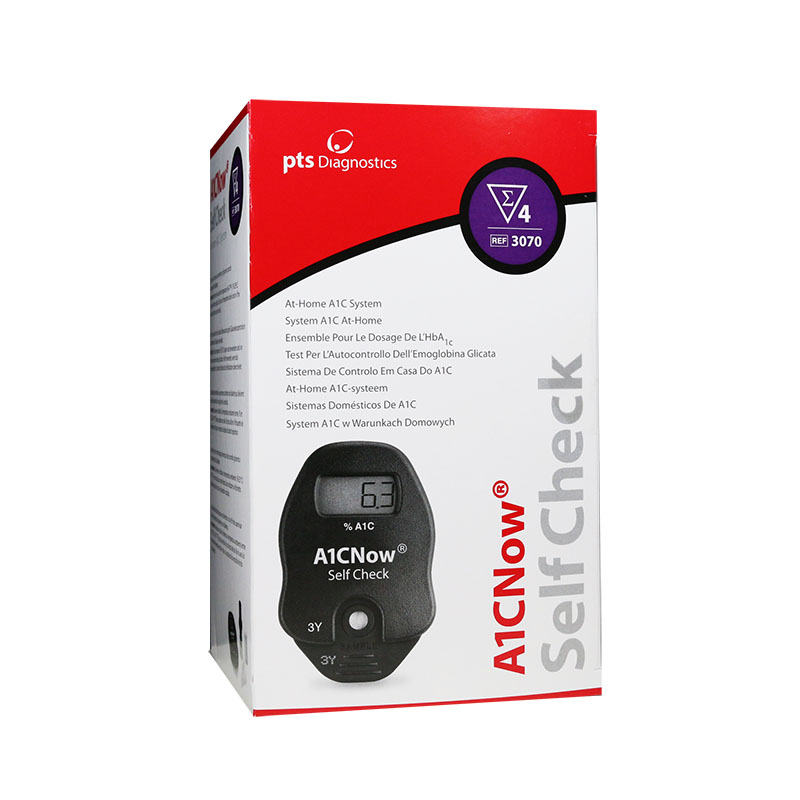 Pre-diabetes can also be diagnosed with a two-hour glucose tolerance test with the normal being up to 139 and a prediabetes, or impaired glucose tolerance, level of 140-199. A newer test that can be used to indicate pre-diabetes is the A1C test, or three-month average. The pre-diabetes A1C number would be 5.8%-6-4%. Diabetes is diagnosed at 6.5%.
Pre-diabetes can also be diagnosed with a two-hour glucose tolerance test with the normal being up to 139 and a prediabetes, or impaired glucose tolerance, level of 140-199. A newer test that can be used to indicate pre-diabetes is the A1C test, or three-month average. The pre-diabetes A1C number would be 5.8%-6-4%. Diabetes is diagnosed at 6.5%.- According to the American Diabetes Association, a great number of people with pre-diabetes become diabetic within 10 years after the initial pre-diabetes diagnosis.
- Who is at greatest risk for pre-diabetes or diabetes?
- People with a family history of diabetes
- People whose ethnicity is African-American, Hispanic, Asian American, Pacific Island Descent, or Eastern European (Jewish)
- People over 40 years of age
- People who are overweight, or have sleep apnea, sedentary lifestyle, polycystic ovarian syndrome, gestational diabetes, or high triglycerides
- In 2001, the National Institutes of Health completed the Diabetes Prevention Program and found that lifestyle changes reduced the risk of becoming diabetic even if you have prediabetes.
- How can you find out if you or someone you know has pre-diabetes? Your doctor can administer the appropriate diabetes screening tests. Just get it done!
- Unlike diabetes, pre-diabetes may not exhibit any symptoms like thirst, hunger, fatigue, dry skin, frequent infections, blurry vision or sexual problems. Only 50% of people with diabetes have symptoms and people with pre-diabetes have even fewer symptoms.
- Exercise is recommended to reduce your prediabetes risk and other health concerns. Aerobic activity such as walking, riding a bicycle, or swimming for 150 minutes a week (broken down into 30 minute sessions) is a great place to start. Exercise lowers insulin resistance which is a precursor to diabetes and pre-diabetes.
- Good eating habits are essential to lowering your risk of developing pre-diabetes. Reduce your total carbohydrates – especially carbs with a high glycemic index such as fruit juice, regular soda, white bread and white rice. Watch your portion sizes by using the 9-inch plate method:
- ½ plate of fruits and vegetables
- ¼ plate of lean meat or protein
- ¼ plate of grains or starches, such as rice or pasta
- Reduce your body mass 5-10%. This reduces insulin resistance which reduces your chance of developing diabetes.
- Stop smoking.
- Control your blood pressure and ask your doctor for a blood lipid profile. This will help understand the state of your cardiovascular health. People with pre-diabetes have 1.5 times the risk of developing cardiovascular disease, and people with diabetes have 2-4 times the risk of developing heart disease and stroke according to the American Diabetes Association.
Pre-diabetes is a warning sign. Take control sooner than later, or you may be addressing diabetes in your future.
NOTE: Consult your doctor first to make sure my recommendations fit your special health needs.




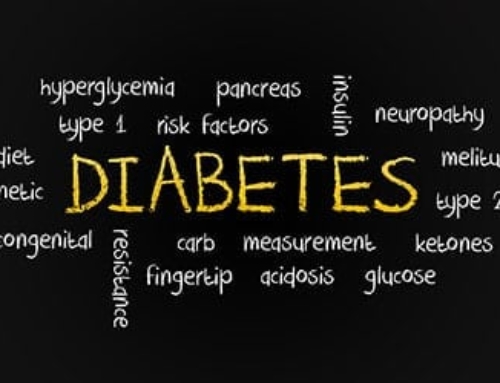
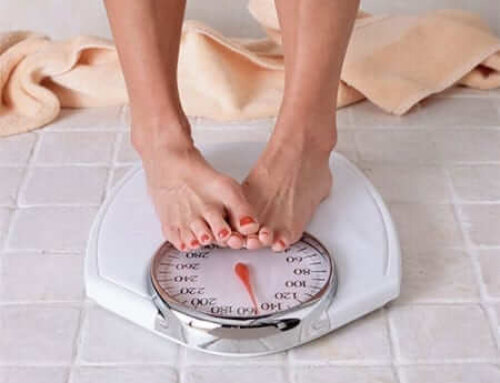



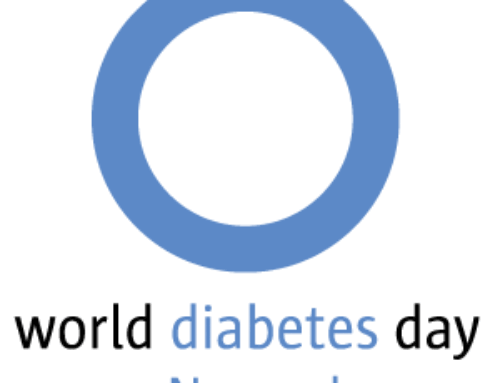
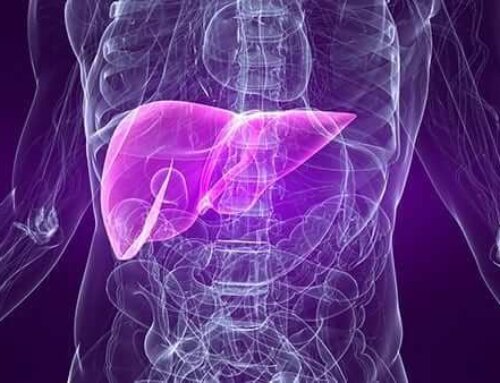
Leave A Comment